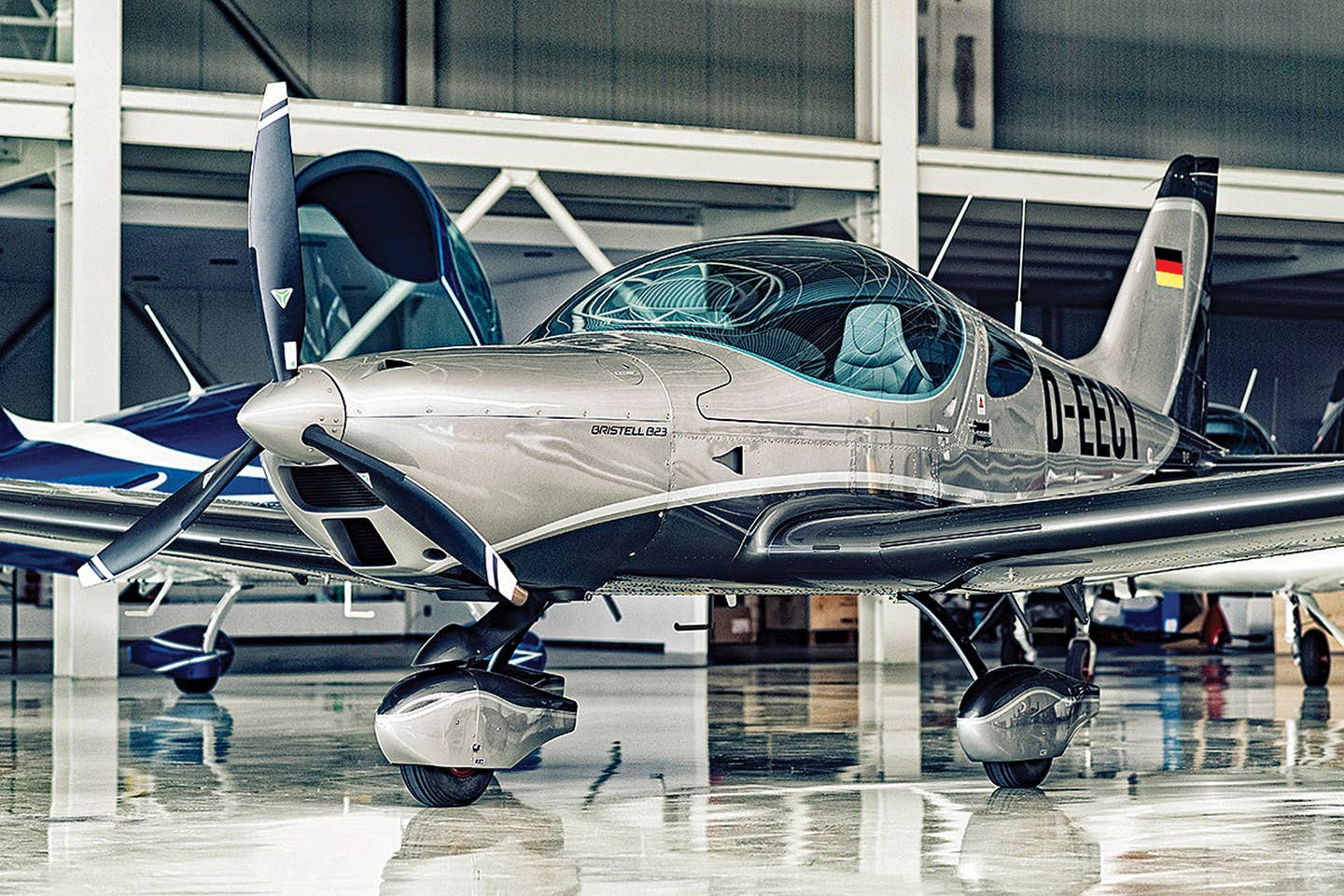Ercoupe
One of the most fascinating airplanes in aviation history, the little Ercoupe, first developed in the 1930s as part of a government-backed designed project and first put into production by…

With its twin vertical tails, bubble canopy and clunky-looking nose gear, the ERCO Ercoupe was a loveable oddball from the start. Photo By D. Miller from MI. USA, CC BY 2.0, Via Wikimedia Commons.
One of the most fascinating airplanes in aviation history, the little Ercoupe, first developed in the 1930s as part of a government-backed designed project and first put into production by Erco, was one of those planes that looked odd for a good reason, or, in this case, for a number of reasons. Modern aviation observers often look at the plane, designed by Fred Weick (who also had a hand in creating the Piper PA-28) and think it's an eccentric plane that missed the mark when it came to the looks department. But it's so much more than that. The idea behind the Ercoupe was to create a plane that fixed everything about light planes. The intent was to develop an aircraft that was much safer to fly, and toward that end, they made it more user friendly.
There were no rudder pedals, it had limited elevator travel to reduce the likelihood of stall/spin accidents, and it had a nosewheel, a most unusual feature at the time, to make it easier to handle on the ground, i.e., more difficult to ground loop. The two-control design wasn't really. The plane has all three usual control surfaces, elevator for pitch, ailerons for roll and rudders for yaw, but the rudders and ailerons are interconnected, so there's no need for rudder pedals. Hence, you drive it around like a car on the ground and in the air, too, in a way. In fact, the "coupe" in the name was a reference to an automobile type, one having no rear doors, which was considered sporty at the time (and still is, to some extent). The control configuration allowed the plane to be maneuvered well enough while also keeping the controls coordinated enough to mitigate most spins.
It's hard to say exactly why the Ercoupe looks odd to many pilots, though the wide-set, twin tail is easy to point fingers at. Though, again, it was done for a reason. Because the Ercoupe mixes ailerons and rudders, it's important for the vertical control surfaces to be in relatively undisturbed air. When the plane is outfitted with a single (larger) empennage, it's actually a great-looking plane.
As far as popularity is concerned, the Ercoupe, with around 5,500 sold, did well despite a string of bad luck. Introduced just before World War II, it had to be pulled from production, and after the war, a glut of entry-level planes, tens of thousands of them, prevented the little coupe from gaining a foothold. And though a few different companies, including Mooney, tried their hands at building the Ercoupe, none of them enjoyed much success.

Subscribe to Our Newsletter
Get the latest Plane & Pilot Magazine stories delivered directly to your inbox






